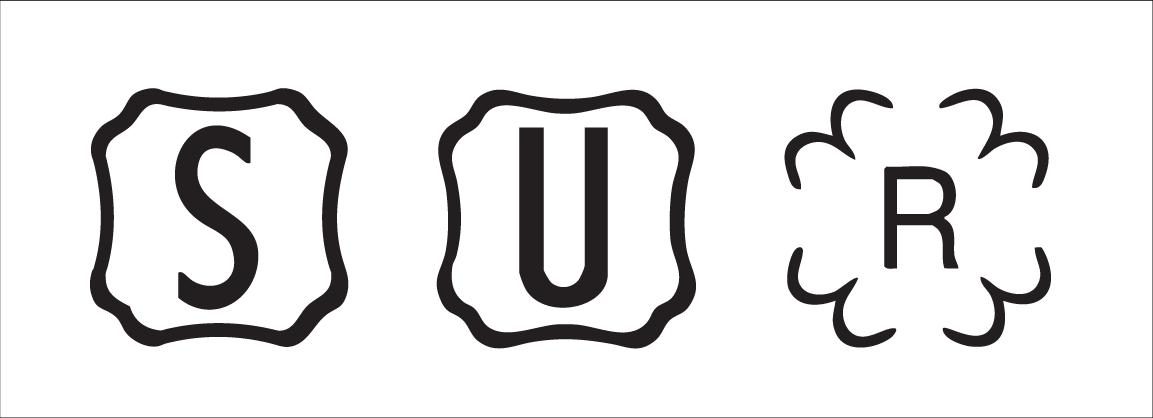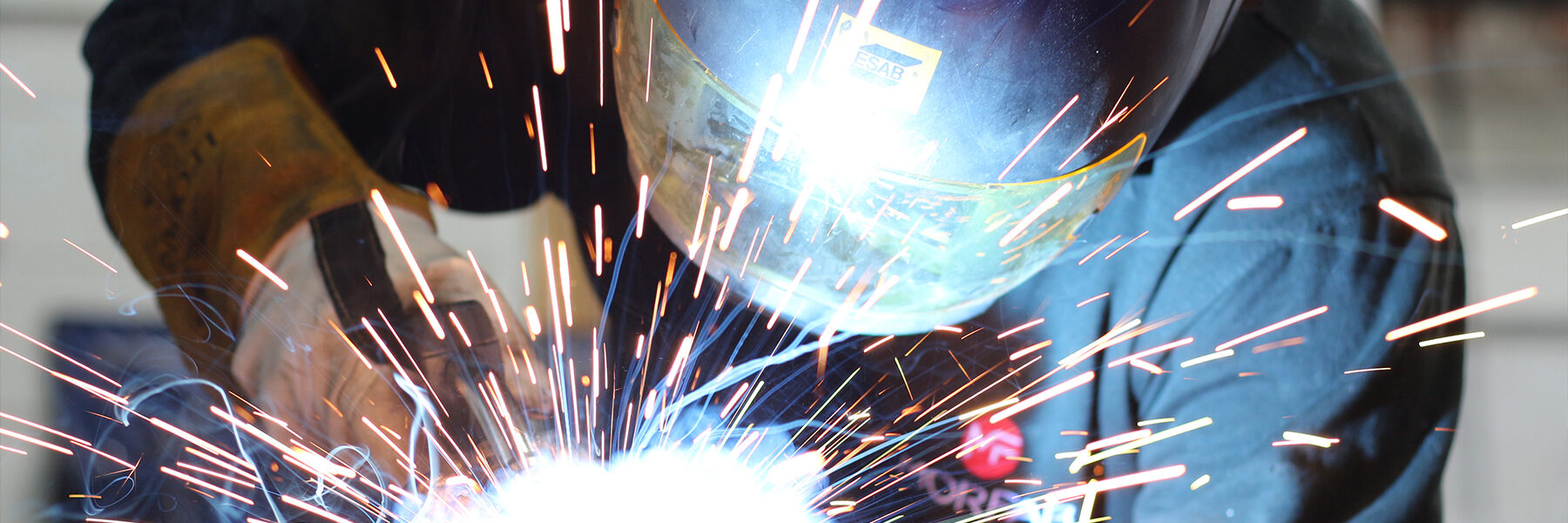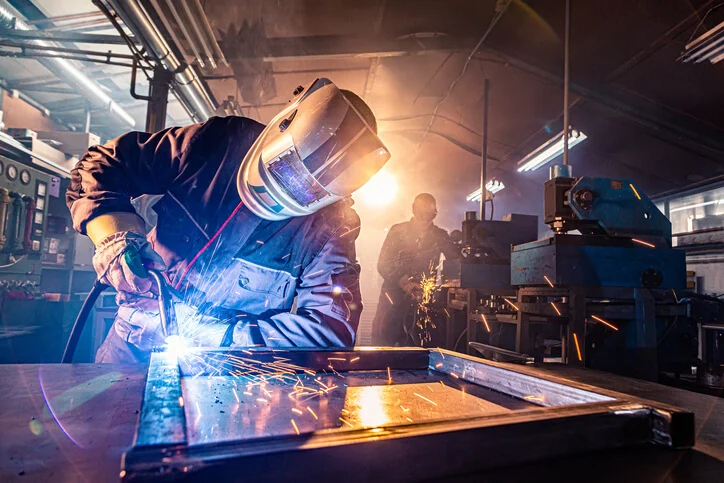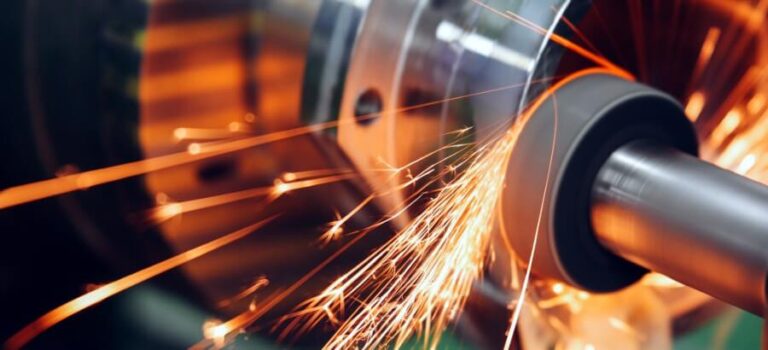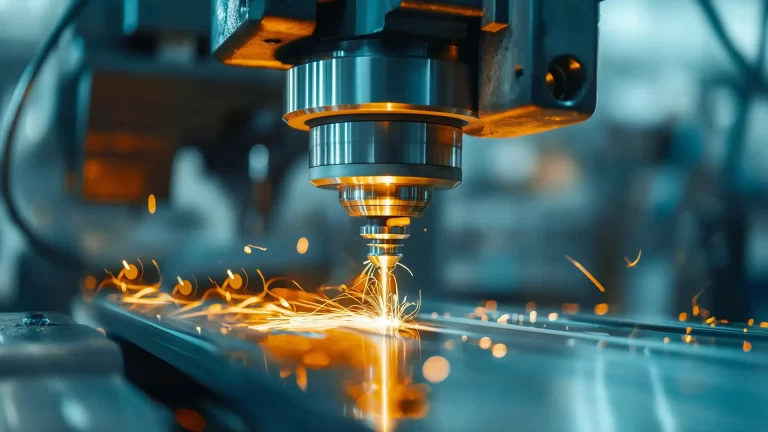Proper maintenance of welding equipment is essential for ensuring optimal performance and safety. Whether you’re a professional welder or manage welding and fabrication services in MS, keeping your tools in excellent condition saves time and prevents costly repairs. Here are some practical tips for maintaining your welding equipment effectively.
Inspect Equipment Regularly
Routine inspections are crucial for identifying potential issues early. Check for wear and tear on cables, hoses, and connectors. Look out for frayed wires, loose connections, or visible damage to the equipment. Addressing minor problems immediately prevents larger, more expensive repairs.
Clean After Every Use
Welding generates dust, slag, and debris that can accumulate on your equipment. Regular cleaning ensures that your tools remain functional and efficient. Use a soft cloth to wipe down surfaces and a brush to clean vents and crevices. Removing buildup helps maintain performance and prolongs the lifespan of your tools.
Replace Worn Parts
Welding involves components that naturally wear out over time. Regularly check consumables like nozzles, tips, and liners. Replace them as needed to maintain consistent performance. Using worn parts can lead to poor-quality welds and damage to the equipment.
Store Equipment Properly
Proper storage is critical for protecting your welding tools. Keep your equipment in a clean, dry, and well-ventilated area. Avoid exposing tools to moisture or extreme temperatures, as this can cause rust and other damage. Investing in storage cabinets or protective covers can further safeguard your equipment.
Maintain Power Sources
The power source is the heart of any welding system. Regularly inspect and clean the power supply to ensure it’s free of dust and debris. Check the connections to avoid loose or corroded terminals. Always follow the manufacturer’s recommendations for maintaining power sources.
Monitor Gas Flow
For welders using shielding gas, maintaining proper gas flow is essential. Inspect the regulator and hoses for leaks or damage. Ensure that the flow rate is correctly set according to the welding process. Consistent gas flow contributes to higher-quality welds and reduces waste.
Protect Against Overheating
Overheating can damage your welding equipment and compromise safety. Always use the appropriate duty cycle recommended for your machine. Allow the equipment to cool between tasks to avoid excessive heat buildup. Overheating can shorten the lifespan of internal components.
Check Grounding Connections
A secure grounding connection is vital for safety and efficient operation. Regularly inspect grounding clamps and cables for signs of wear or corrosion. Replace any damaged components to ensure a stable and secure connection during welding.
Lubricate Moving Parts
Some welding tools, like wire feeders, have moving parts that require lubrication. Follow the manufacturer’s guidelines to lubricate these components regularly. Proper lubrication reduces friction, prevents wear, and ensures smooth operation.
Train Operators on Proper Use
Even the best-maintained equipment can fail if used incorrectly. Ensure that all operators are trained in proper welding techniques and equipment handling. Correct usage reduces strain on the tools and minimizes the risk of damage.
Use the Right Tools for the Job
Using equipment designed for specific tasks prevents unnecessary wear and tear. Overloading or misusing tools can lead to damage and reduced performance. Always match your equipment to the requirements of your welding or fabrication project.
Invest in Preventive Maintenance
Preventive maintenance schedules help keep your equipment in top condition. Follow the manufacturer’s maintenance guidelines for routine tasks like calibration, part replacement, and cleaning. A proactive approach reduces downtime and increases productivity.
Avoid Improper Storage of Consumables
Consumables like electrodes and filler materials need proper storage to prevent contamination. Store these items in sealed containers to protect them from moisture and dust. Contaminated consumables can lead to poor-quality welds and equipment issues.
Regular Calibration of Equipment
Calibration ensures that your welding equipment delivers accurate and consistent results. Regularly check and adjust settings like voltage and amperage. Calibration improves the quality of welds and prevents unnecessary strain on the equipment.
Use High-Quality Supplies
Investing in high-quality consumables and parts improves the performance and durability of your welding tools. Cheap, low-quality supplies may save money upfront but often lead to long-term costs due to frequent replacements or repairs.
Avoid Overuse
Pushing your equipment beyond its recommended capacity can cause significant damage. Always adhere to the machine’s specifications and take breaks when necessary. Overuse can lead to overheating, reduced efficiency, and costly repairs.
Keep Safety a Priority
Maintaining equipment is also about ensuring safety. Faulty tools increase the risk of accidents and injuries. Regularly inspect safety features like shields, clamps, and emergency shut-off mechanisms to ensure they are functioning correctly.
Embrace New Technologies
Modern welding equipment often comes with advanced features like automated diagnostics. These technologies can alert you to maintenance needs and potential issues, helping you stay proactive. Upgrading to newer tools with these features can simplify maintenance.
Closing Thoughts
Keeping your welding equipment in top shape requires consistent effort and attention to detail. Regular inspections, cleaning, and following manufacturer guidelines go a long way in ensuring optimal performance. Whether managing welding and fabrication services MS or working on individual projects, maintaining your tools protects your investment and ensures the quality of your work.
Take the first step toward better maintenance today—prioritize care for your tools and maximize their potential!
